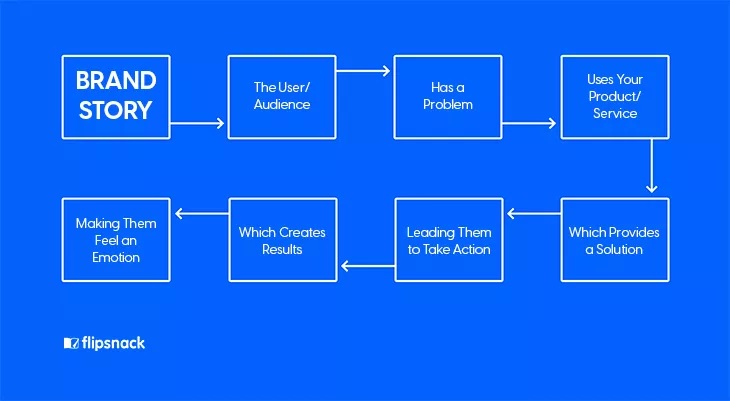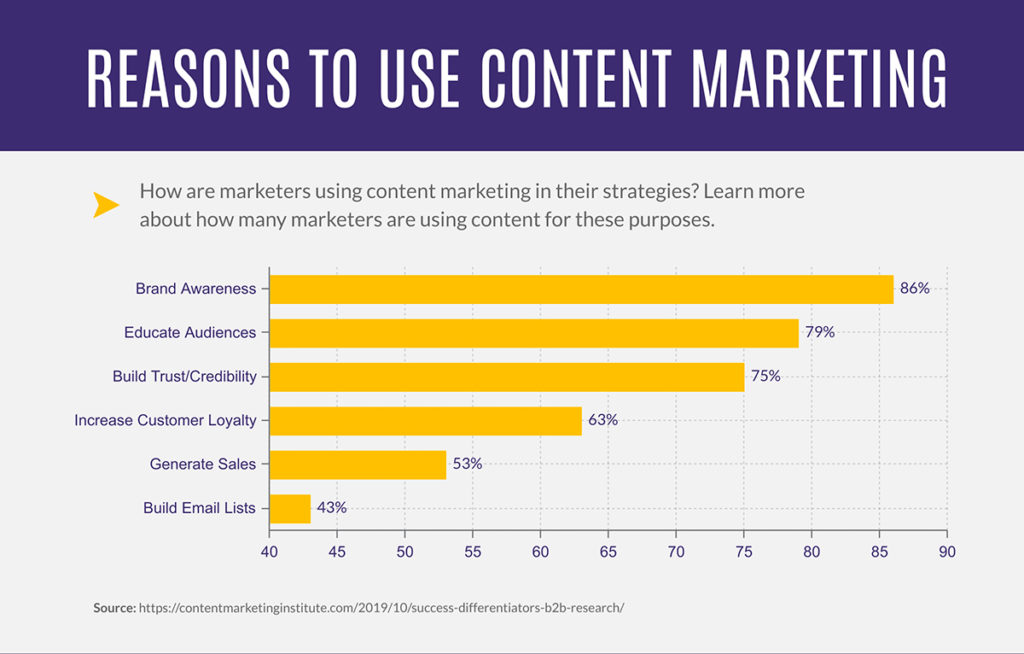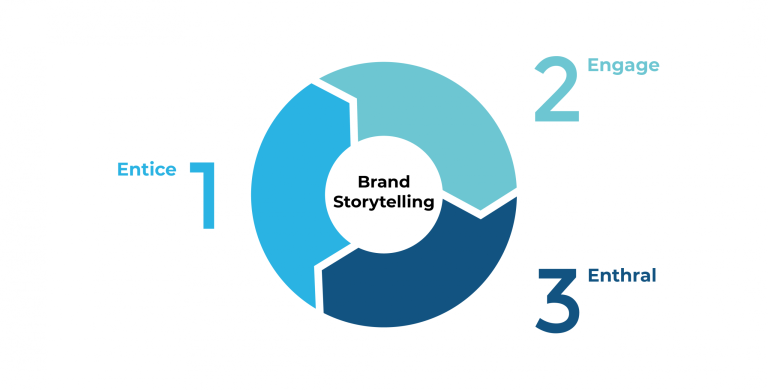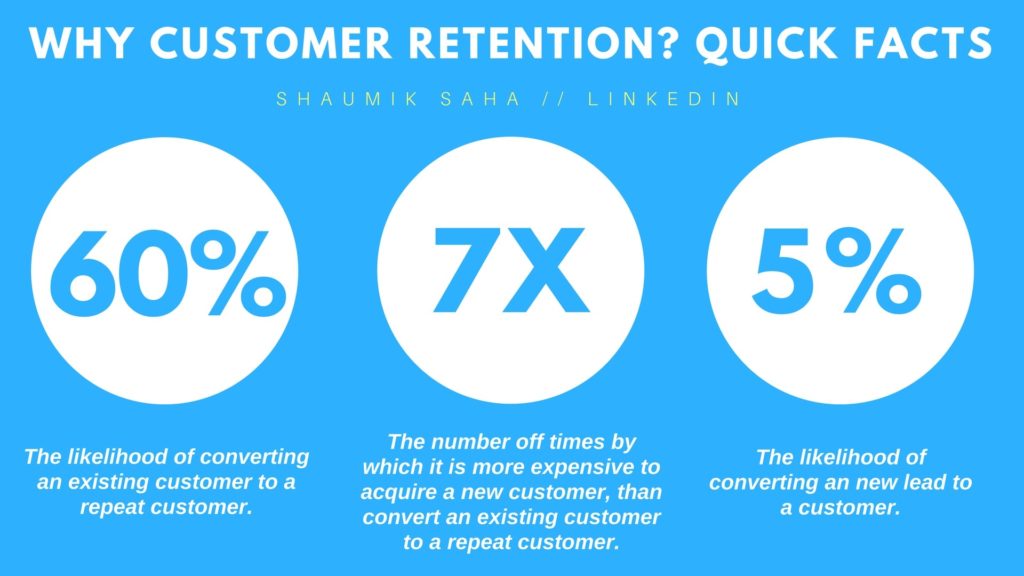Another great article from Mary Aspen Richardson

Source: https://pixabay.com/photos/chalkboard-story-blogging-believe-620316/
We all love a good story. Since the age of campfires, we almost seem hard-wired to recognize narrative patterns and relate with benevolent underdog protagonists. We value storytellers themselves as the vessels of the stories they tell – especially if they’re protagonists. Is it surprising, then, that storytelling offers an excellent marketing opportunity? For many, it’s probably not. Indeed, storytelling can inspire trust, foster bonds, and do so much more that marketers crave as outcomes. To illustrate this, let us explore how to use brand storytelling to grow your business.
What is brand storytelling?
First and foremost, let’s establish what exactly brand storytelling is. At its core, it’s a simple enough concept; your brand’s stories elicit specific positive emotions. But that’s just its fundamental function – how it does so is rather complex, albeit specific:

So first, your story needs to be good. This fundamental quality will allow it to entice audiences and incite engagement. Then, it needs to specifically address your audiences’ problems, i.e., pain points in marketing terms. Finally, it needs to remain consistent and foster long-term relationships to best leverage the positive emotions it elicits.
Of course, what makes a good story is a vast subject in itself, which we can’t afford to dive into here thoroughly. Still, if you’d like to know more about these fundamentals, you may also consult our article on why brands need stories, to begin with.
Ways to use brand storytelling to grow your business
Having a good story is only the first half of the proverbial battle. The second, perhaps even more crucial, half is leveraging it effectively. We all know the common saying about trees falling in the forest; it also applies here.
In brief, you may leverage brand storytelling through virtually every marketing channel. Among others, consider the three key examples that follow.
#1 Content marketing
First, no matter which marketing channels you prefer, you most likely have a content marketing strategy in place. Growing your brand almost necessitates one, and you can use content to your advantage in various ways toward this end. As Bill Gates famously asserted in the distant 90s, “content is king” indeed.
To illustrate this, consider the most common goals of content marketing:

Source: https://visme.co/blog/wp-content/uploads/2020/08/13-1.jpg
As you can see, brand awareness predictably reigns supreme. Audience education and building trust come second and third, respectively, and “pure” marketing goals only follow this trio.
Luckily, brand storytelling explicitly seeks to achieve these exact goals as well. Put differently – you will most often use brand storytelling to grow your business. You can thus use it confidently to enrich your content marketing strategies – and reap some Search Engine Optimization (SEO) benefits through higher authority and more engagement.
#2 Social media
Second, your marketing channels most likely include some social media platforms. It’s hard to argue against it; consider TikTok’s unique path to purchase and stellar marketing results. Marketers can’t afford to overlook social media marketing nowadays or the vast potential audiences it offers.
In addition, visual content like the infographic above remains remarkably effective as a form of content. Social media platforms also thrive on such content – especially visually-focused ones like Instagram and Pinterest. Not-so-coincidentally, storytelling does so as well, making this nothing short of the perfect match. With increasingly more features on “stories,” your brand story has a natural home in social media.
#3 Email
Finally, email most likely won’t be absent from your arsenal either. The king of marketing for many, email boasts up to a dazzling 4,200% Return On Investment (ROI) – if done correctly. And as modern audiences increasingly seek value and personalization, “correctly” often overlaps with “using effective stories.” So, why not use brand storytelling to grow your business through your newsletter and email outreach?
Indeed, consider typical trust signals that facilitate higher email open rates, your mission statement, which audiences increasingly value as an indicator of moral alignment, or even clean, compelling copy, which will convince them that your solution suits them best. These elements, which email marketing hinges on, require brand storytelling to shine through.
Leveraging brand storytelling
Now, how exactly you do so will ultimately depend on you; the stories you have to share, the channels you use, your unique audiences, etc. Still, leveraging storytelling does require some universal principles, which we may cover here.
#1 Craft a compelling story
Before all else, you will need a compelling story to spearhead your efforts. Remember the “three Es” brand storytelling calls for:

Source: https://stonecreate.com/wp-content/uploads/2020/01/Brand-Storytelling-V2-01-2560×1301-1-768×390.png
You cannot entice audiences or have them engage with subpar stories. You most certainly cannot enthrall them with them either. So, to use brand storytelling to grow your business, you may start with the key components of any good story:
- A relatable protagonist. Who are you, and who are the people behind your brand? When and how did you get started? Brand humanization is critical here.
- Adversity. Similarly, why did your brand come to be? Which persistent problems in your field called you to action? What problems did you face along the way, and how did you overcome them?
- A positive outcome. With challenges behind you, what lies ahead? How does your brand seek to help your audiences, and why are they now your focal point?
As you do, remember to keep it a story; few people will care for business loans and mergers. Your brand will need to sound human in relatable terms for people to relate to you.
#2 Center on the customer
Next, your story needs to use said humanization to bring your audience into the spotlight. It’s their journey that you can make more pleasant, and it’s their problems you can solve. In this sense, the customer is the ultimate protagonist – and you’re there to help. Embracing this philosophy may be the best way to use brand storytelling to grow your business.
To do so, among other approaches, you may:
- Have them identify with you. Focus on your shared love for the field; you should come off as their peer with a shared journey.
- Focus on their pain points. Lean into their concerns, and highlight exactly how your brand’s story crafted the ideal solutions.
- Encourage engagement. Ask for engagement, comments, shares, and so on. The more they hear from you, the more confident they will feel in your genuine willingness to help.
All the better if you can do so through social media polls and activity.
#3 Focus on long-term connections
Finally, the ultimate goal of this approach is, of course, to forge meaningful, long-lasting connections. This is an almost inherent goal from a storytelling perspective, but it’s also one of deep marketing value. Consider the sheer value of customer retention as LinkedIn illustrates it:

For an age when the Edelman Trust Barometer identifies a “cycle of mistrust,” connections weaved through stories may be the best remedy. In this sense, you won’t just use brand storytelling to grow your business but also sustain it through deep-rooted trust. Your storytelling will substantially inform your perceived trustworthiness from your mission statement to humanization through influencer marketing and everything in-between.
To strive for this goal, you may consider the approach that best fits your story. For some basic examples:
- Do you persistently champion a noble cause?
- Does your social media marketing activity thrive on constant engagement?
- Perhaps you require your audiences’ support as an underdog against your field’s status quo?
In all such cases, centering on loyalty through engagement, customer support, and loyalty programs should frame your storytelling.
Conclusion
There are as many ways to use brand storytelling to grow your business as there are brand stories. You may leverage it through any marketing channels you engage in and to any extent your audiences allow. In all cases, however, brand storytelling requires a good story that humanizes your brand. It calls for a keen focus on the customer’s needs and an authentic willingness to forge long-lasting connections. Finding exactly how to manifest these qualities will often present a challenge, as different storytelling techniques resonate with different audiences. Still, it’s almost imperative that you do so for brand awareness and customer retention. While brief, this article hopefully offered some inspiration for fueling your brand’s growth through its unique, enticing story.
Speak Your Mind